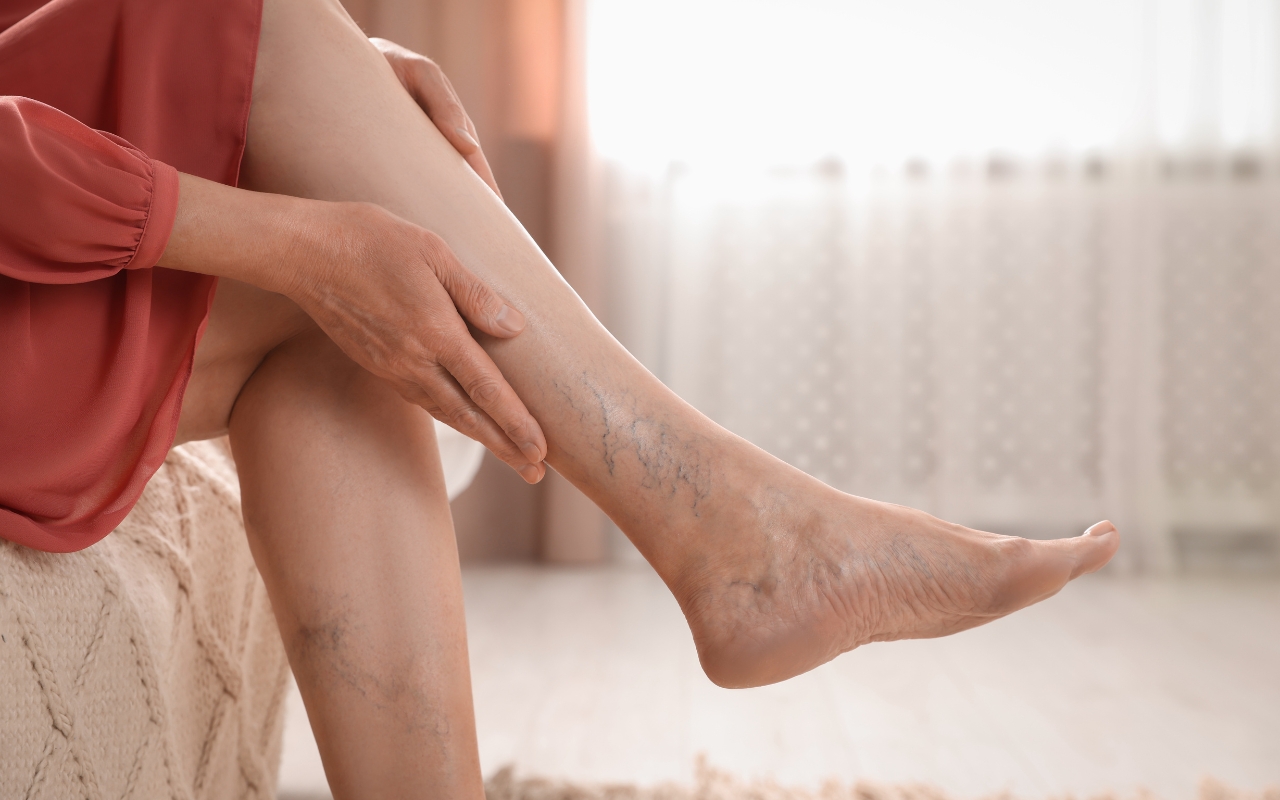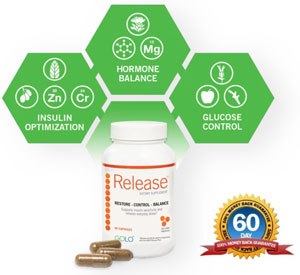Health
What are the best ways to prevent varicose veins?
Published
2 years agoon
By
mbkteam
Varicose veins, those twisted, blue or purple veins that often appear on the legs and feet, are a common condition affecting millions of people worldwide. They result from weakened vein walls and faulty valves that cause blood to pool and veins to stretch and bulge. While varicose veins are often harmless, they can sometimes lead to discomfort, pain, and more serious health issues. This article provides a comprehensive overview of how to prevent and manage varicose veins, alongside an exploration of treatment options and lifestyle modifications.
Understanding Varicose Veins
Varicose veins typically develop in the superficial veins of the legs due to the pressure exerted by standing and walking upright. The veins have one-way valves that help keep blood flowing towards the heart. When these valves are weak or damaged, blood can flow backward and pool in the vein, causing it to stretch or twist.
Several factors increase the risk of developing varicose veins, including age, gender, genetic predisposition, obesity, pregnancy, and prolonged periods of standing or sitting. As individuals age, the elasticity of their veins decreases, and the valves within may function less effectively. Women are more likely to develop varicose veins due to hormonal changes that relax vein walls, particularly during pregnancy, menstruation, or menopause. Additionally, a family history of varicose veins heightens the risk.
Prevention Strategies
While some risk factors for varicose veins cannot be controlled, there are several preventive measures one can take to promote vein health and reduce the likelihood of developing varicose veins.
Regular Exercise
Engaging in regular physical activity is one of the most effective ways to prevent varicose veins. Exercise improves blood circulation and strengthens the muscles in the legs, which helps veins push blood back to the heart. Activities such as walking, jogging, swimming, cycling, and yoga are excellent options for promoting vein health. It is essential to incorporate these exercises into your daily routine to keep your blood moving and your legs strong.
Leg Elevation
Elevating your legs above your heart level can significantly reduce the pressure in the leg veins and improve blood flow. This practice is particularly beneficial for those who spend long hours standing or sitting. Whenever possible, elevate your legs during rest periods or while sleeping. Using pillows to prop up your legs can facilitate this process and provide relief from the discomfort associated with varicose veins.
Avoid Prolonged Standing or Sitting
Prolonged periods of standing or sitting can exacerbate varicose veins. If your occupation requires long hours of either, it is crucial to take breaks to change your position frequently. For those who stand for extended periods, shifting weight from one leg to the other or taking short walks can help maintain blood flow. Similarly, if you are seated for long hours, try to stand up and move around every 30 minutes to an hour.
Compression Stockings
Wearing compression stockings or socks provides support to the veins and helps prevent them from stretching. These garments apply gentle pressure to the legs, promoting blood flow and reducing swelling. Compression stockings are particularly useful for individuals who are at a higher risk of developing varicose veins due to their occupation or genetic predisposition.
Healthy Diet and Weight Management
Maintaining a healthy weight is essential for preventing varicose veins. Excess weight puts additional pressure on the veins, which can lead to damage and the development of varicose veins. A balanced diet rich in fiber, antioxidants, and low in salt can help manage weight and prevent swelling. Fiber helps prevent constipation, which can increase pressure on the veins, while antioxidants improve vein elasticity and overall vascular health. Avoiding excessive salt intake reduces water retention and helps keep the veins healthy.
Lifestyle Modifications
For those already experiencing varicose veins, certain lifestyle modifications can alleviate symptoms and prevent the condition from worsening.
Avoid Tight Clothing
Wearing tight clothing, especially around the waist, legs, and groin, can restrict blood flow and contribute to the development of varicose veins. Opt for loose, comfortable clothing that does not compress the veins and allows for better circulation.
Refrain from Crossing Legs
Crossing your legs when sitting can restrict blood flow and increase pressure on the veins. Although there is no definitive proof that this habit causes varicose veins, it is advisable to avoid it. Instead, sit with your feet flat on the floor and take breaks to move around regularly.
Sun Protection
Excessive exposure to the sun can damage the skin and underlying tissues, weakening vein walls and valves. Protecting your skin from the sun by wearing sunscreen and clothing that covers your legs can help prevent varicose veins. This is especially important for individuals who spend a lot of time outdoors.
Stay Hydrated
Proper hydration is crucial for maintaining healthy blood circulation. Drinking enough water keeps the blood thin and helps prevent it from pooling in the veins. Ensuring adequate hydration throughout the day can have a positive impact on vein health.
Medical Treatments
For some individuals, lifestyle modifications and preventive measures may not be sufficient to manage varicose veins. Fortunately, several medical treatments are available to treat this condition effectively.
Sclerotherapy
Sclerotherapy is a minimally invasive procedure used to treat spider veins and smaller varicose veins. During the procedure, a healthcare provider injects a solution, such as tetradechol, into the affected vein. The solution causes the vein walls to stick together, eventually turning into scar tissue that fades away over time. This treatment is typically performed in an outpatient setting and requires little to no downtime source.
Endovenous Laser Treatment (EVLT)
Endovenous laser treatment is another minimally invasive option for treating varicose veins. This procedure involves inserting a small laser fiber into the vein through a catheter. The laser emits energy that heats and closes the vein, causing it to collapse and seal shut. Blood is then rerouted to healthier veins. EVLT is usually performed under local anesthesia, and patients can resume normal activities shortly after the procedure source.
Radiofrequency Ablation
Radiofrequency ablation (RFA) is similar to EVLT but uses radiofrequency energy instead of laser energy to close off the damaged vein. A small catheter is inserted into the vein, and radiofrequency energy is delivered to heat the vein walls, causing them to collapse and seal shut. RFA is minimally invasive, often performed under local anesthesia, and involves a relatively quick recovery period source.
Ambulatory Phlebectomy
Ambulatory phlebectomy is a surgical procedure used to remove larger varicose veins. This outpatient procedure is usually performed under local anesthesia. Small incisions are made in the skin, and the affected veins are removed using special hooks. The incisions are minimal, resulting in minimal scarring and a relatively quick recovery time. Ambulatory phlebectomy can provide immediate relief from the symptoms of varicose veins source.
Vein Stripping and Ligation
Although less common due to the availability of newer, less invasive treatments, vein stripping and ligation are surgical options for treating varicose veins. This procedure involves tying off (ligation) and removing (stripping) the affected vein through small incisions. Vein stripping and ligation are typically performed under general anesthesia, and the recovery period can be longer compared to minimally invasive procedures. However, this treatment can be effective for severe cases of varicose veins source.
Laser Ablation
Laser ablation uses laser energy to remove varicose veins by heating and destroying the vein tissue. This method is effective for smaller veins and is performed on an outpatient basis. Laser ablation offers a quick recovery time and minimal discomfort, making it a popular choice for treating varicose veins source.
Managing Complications and Side Effects
While varicose vein treatments are generally safe and effective, they can have potential side effects and complications.
Post-Treatment Care
After undergoing any varicose vein treatment, it is essential to follow your healthcare provider's post-treatment care instructions to ensure proper healing and reduce the risk of complications. This may include wearing compression stockings, avoiding strenuous activities, and keeping the treated area clean and dry.
Potential Side Effects
Common side effects of varicose vein treatments include bruising, redness, and swelling at the treatment site. These side effects are usually temporary and subside within a few days to weeks. In some cases, patients may experience skin discoloration, infection, or nerve injury. It is important to report any unusual symptoms or complications to your healthcare provider promptly.
Recurrence of Varicose Veins
Despite effective treatment, varicose veins can recur. Approximately half of the patients who undergo surgical stripping develop varicose veins again within five years. Similarly, new varicose veins can develop after minimally invasive treatments, such as endovenous ablation and sclerotherapy. Regular follow-up appointments with your healthcare provider can help monitor and manage any recurrence source.
Optimistic Outlook
While varicose veins can be a nuisance, the good news is that they are manageable and treatable. By adopting healthy lifestyle habits, such as regular exercise, maintaining a healthy weight, and avoiding prolonged periods of standing or sitting, you can significantly reduce your risk of developing varicose veins. For those already affected, various treatment options are available, ranging from minimally invasive procedures to surgical interventions, offering relief from symptoms and improving the appearance of affected veins.
With ongoing advancements in medical technology and treatment methods, the outlook for individuals with varicose veins is increasingly optimistic. Moreover, being proactive in your vein health and seeking timely medical advice can help you manage the condition effectively and maintain a high quality of life.
Ultimately, understanding the risk factors, preventive measures, and treatment options for varicose veins empowers you to take control of your vascular health. By prioritizing self-care and making informed decisions, you can prevent varicose veins from becoming a significant concern and enjoy an active, healthy lifestyle.













